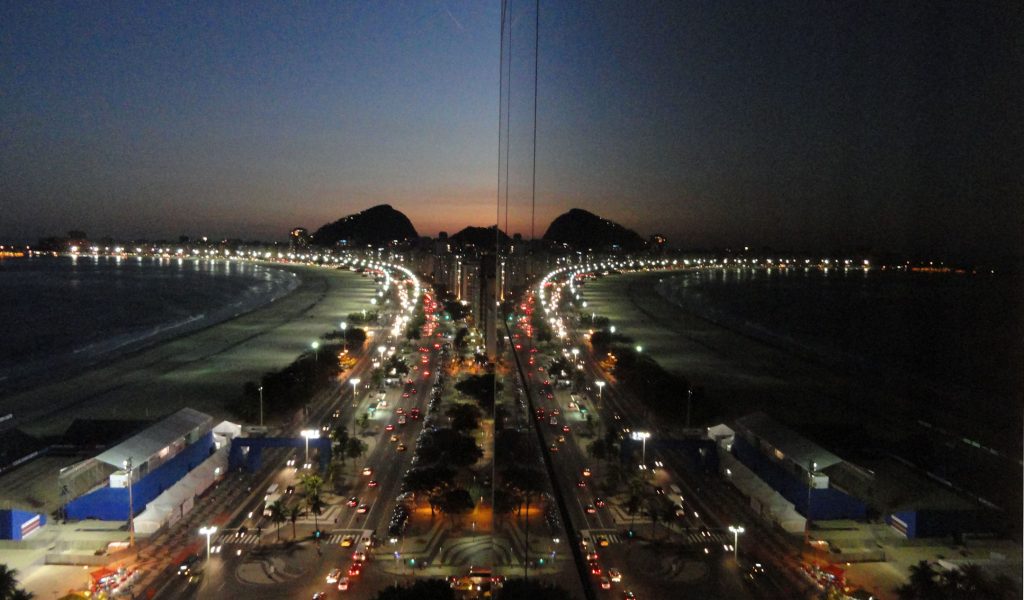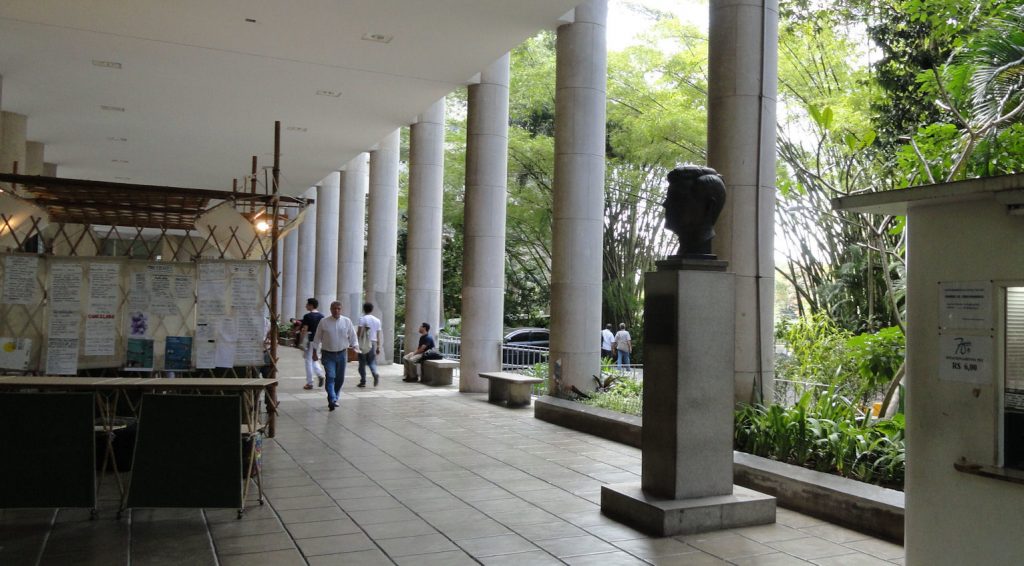
Brazilian President Dilma Rousseff wants to send 100,000 Brazilian students to study science, technology, engineering and math (STEM) in other countries by the end of her term and we want to help. It is the classic win/win. American universities are coming to Brazil to get their share of the new students. We have an opportunity rich environment. Great.

Americans and Brazilians have been working together on this for a long time. We have the venerable Fulbright program, which was established in Brazil in 1957. U.S. universities have been active in Brazil and Brazilians have looked to the U.S. for more than a hundred years. American universities are acknowledged to be the best in the world. It is an embarrassment of riches. We have all the networks in place and they have been working well for a long time, but now we are going to push more through the network than ever before.

Among our best assets is a regional educational advising center (REAC), headquartered in Rio at PUC University. I visited there during my recent visit to Rio. PUC, our Brazilian partner institution, gives us the space, which is at a premium on their crowded campus. Their students also provide volunteer support in marketing and advertising the services. In addition, we have advisers at twenty-three other centers, such as BNCs, around Brazil and three offices at private universities. State Department’s Educational and Cultural Affairs (ECA) office trains the advisers, but they are paid and otherwise supported by their local Brazilian institutions. Such is the demand for this service that our partners are happy to cooperate. The centers can defray some of their expenses by offering translation services and consultation on writing in English, but they do not charge prospective students for educational advising.
One of their big activities is sponsoring Education USA fairs. American universities come to Brazil to recruit students. The advising centers can and do charge U.S. institution to defray costs. Interest in Brazil is growing and the fair in Rio scheduled for this fall is already booked up with fifty U.S. universities. Other centers also hold fairs. The BNC Casa Thomas Jefferson will hold a fair later this month in Brasilia, for example.
Nobody really knows how many Brazilian students there are currently in the U.S. Our deceptively precise number is 8786, but we get this figure by a survey of answers supplied voluntarily by U.S. universities. Our educational advisers think this number is lower than the real one. They mentioned anecdotal evidence of universities where they know there are Brazilian students that reported none, but the real number in not much more. If Dilma’s aspiration becomes a reality, there would be more than four times as many coming to the U.S. in the next four years. This is a big bump and you get an idea of the challenge.
One thing we have to explain to Brazilians is that America’s higher education system is extremely decentralized. The Federal government cannot order state or private universities to admit Brazilian students or offer them tuition discounts. This must be done on a individual basis. The good news is that we have hundreds of excellent universities in the U.S. and many want to get Brazilian students to diversity their student body and build a future alumni network in what will be a much more important country in the future. One of our (Embassy & REAC) goals is to spread the students out over the U.S. Brazilians tend to know only a few American universities. Everybody wants to go to Harvard, MIT or University of California and who can blame them. But dropping thousands of Brazilians into a few institutions would not be desirable, even if it were possible. Our task is to explain the diversity of American education. We have many excellent choices and sometimes the best programs for a particular student might be at an American university that few in Brazil (maybe few Americans too) know exists.
Our centers are reaching out to Brazilians to explain things like that and to help with applications. Their motto is that studying in America is “mais fácil do que você pensa” easier than you think. We have to remind students that there is essentially no waiting line for a student visa to the U.S. and that it is indeed, easier than they think.
This is a great opportunity to shape the future of Brazilian-American relations through education. It is truly a win-win. We just have to do it.
My pictures – at top is Rio from my hotel window. You see the symmetry of the reflection in the glass. I didn’t get perfect symmetry because I could hang only so far out the window w/o falling 21 floors. Might have been a cool picture on the way down, however. Below that you see graffiti artists at the Complexo de Alemao, a favela that the Rio authorities recently took back from gangs and drug dealers. Third down is the Kennedy Wing at PUC. It is dedicated to the U.S. and JFK. Bobby Kennedy came down for the commemoration of the bust in the picture.
